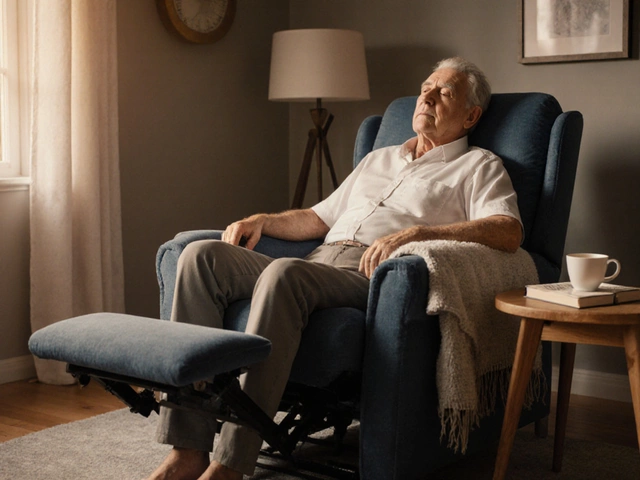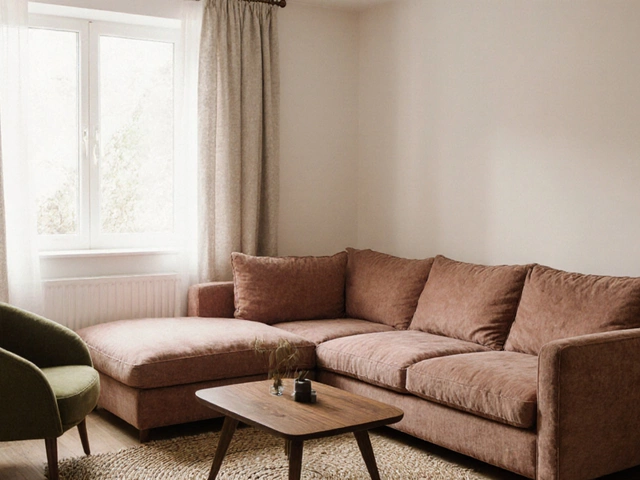Self Storage Tips for Every Home
When working with self storage, the practice of keeping belongings tidy and accessible inside your living space. Also known as home storage, it helps you make the most of rooms that might otherwise feel cramped. Wardrobe, a tall, freestanding unit for hanging clothes and storing accessories and Closet, built‑in storage space often found in bedrooms are the core pieces most people think about, but DIY storage solutions, custom shelves, bins or repurposed furniture that you create yourself can turn even the tiniest nook into a functional zone. Self storage encompasses wardrobes and closets, requires careful organization, and influences how you arrange furniture in a room. A well‑planned storage system reduces the time you spend searching for things, cuts down on clutter, and can even improve the look of a space because everything has a place.
Why Organisation Matters and How to Get It Right
Effective self storage starts with a clear inventory of what you own and where each item belongs. Knowing the attributes of each storage piece—like a wardrobe’s hanging rod height, a closet’s shelf depth, or a DIY shelf’s load‑bearing capacity—helps you match items to the right slot. For example, heavy winter coats fit best on the lower rod of a wardrobe, while delicate scarves thrive on a dedicated drawer. A closet’s built‑in shoe rack keeps footwear visible and air‑circulated, preventing smells. DIY storage solutions, such as wall‑mounted pegboards or repurposed crates, add flexibility; you can reposition them as your needs evolve. The key is to treat storage as a system: each component supports the other, reducing duplicated space and making access intuitive. When you arrange a bedroom, think of the wardrobe as the anchor, the closet as a secondary hub, and DIY shelves as the bridge that fills gaps between them.
Beyond the bedroom, self storage ideas spill into other rooms. In a living area, a custom-built media console with hidden compartments doubles as a display and a storage unit, keeping remote controls and gaming accessories out of sight. A kitchen can benefit from a portable rolling cart that serves as extra pantry space during holiday cooking. Even a bathroom can use a repurposed shoe rack as a towel holder. The common thread across these examples is the principle that storage should adapt to the room’s function while staying easy to use. By the time you finish reading, you’ll have a toolbox of ideas ranging from choosing the right wardrobe size to crafting a DIY shelf that fits a narrow hallway. Below you’ll find a curated collection of articles that dive deeper into each of these topics, giving you step‑by‑step guidance, material recommendations, and maintenance tips to keep your home organized and stylish.
How to Safely Store Your Furniture: A Practical Guide
Learn how to safely store furniture, choose the right unit, prepare items, control costs, and avoid common pitfalls with a step‑by‑step guide.







